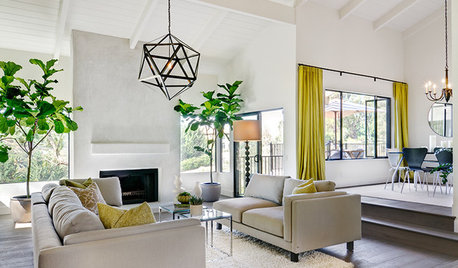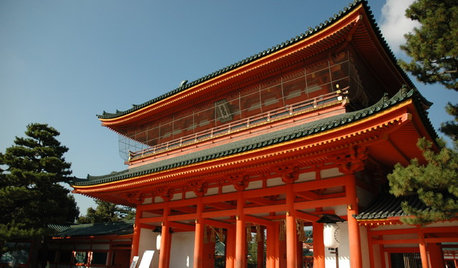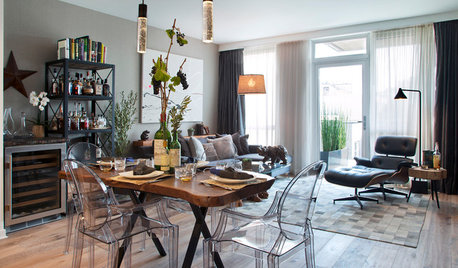Blc Sea Urchin, shoe culture
orchidnick
10 years ago
Related Stories

HOUZZ TOURSHouzz Tour: Modern and Traditional Tango in a Spanish-Style Ranch
From leaky and drab to revamped and fab, this Southern California home with its own orchard is more than ready for guests
Full Story
CITY GUIDESTravel Guide: Kyoto, Japan, for Design Lovers
Experience ancient traditions and modern expressions in this design-minded roundup of sights, hotels, shops and restaurants
Full Story
HOUZZ TOURSMy Houzz: City Condo Is Set to Entertain
A whiskey and wine expert now has the perfect place for entertaining his friends
Full StoryMore Discussions










orchidnickOriginal Author
orchidnickOriginal Author
Related Professionals
Essex Landscape Architects & Landscape Designers · Middletown Landscape Contractors · Surprise Landscape Contractors · Bainbridge Island Landscape Contractors · Clayton Landscape Contractors · Fairfield Landscape Contractors · Leicester Landscape Contractors · Morrisville Landscape Contractors · Munster Landscape Contractors · North Chicago Landscape Contractors · Reedley Landscape Contractors · Saint John Landscape Contractors · Middletown General Contractors · Valley Stream General Contractors · Wyomissing General ContractorsorchidnickOriginal Author
orchidnickOriginal Author
thedogsLL
orchidnickOriginal Author
nital
jane__ny
orchidnickOriginal Author
Carol love_the_yard (Zone 9A Jacksonville, FL)
orchidnickOriginal Author
lauraeli_
allymarie
orchidnickOriginal Author
lauraeli_
shavedmonkey (Harvey in South Fl.)Z10b
arthurm
orchidnickOriginal Author
arthurm
lauraeli_